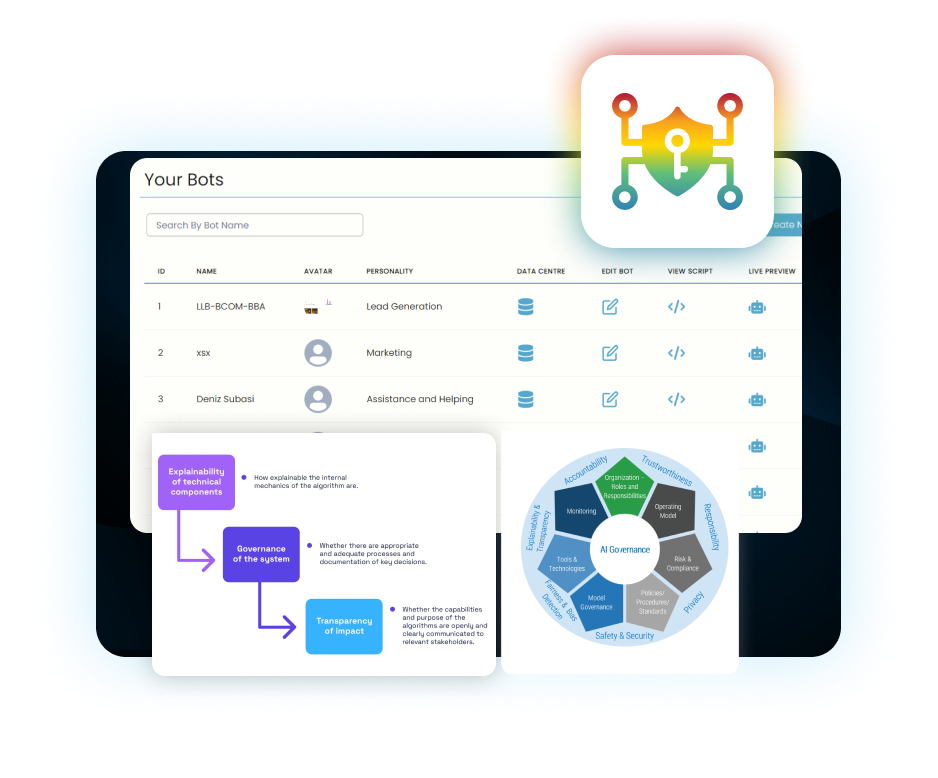In this digital era, businesses are struggling to find ways to better customer engagement, and operational efficiency, and how to expand their potential market. One of the new powerful tools is the chatbot.
Chatbots are AI-powered virtual assistants that are purposed to interact with the user in a wide variety of functions, ranging from answering questions to ordering something.
If that is the case, this indispensable guide should help you right from the inception of the idea to successful deployment, in case you are toying with the idea of inserting chatbots into your business processes.
Step 1: Define Your Objectives
Before that, however, you will have to be quite clear on your objectives. What is it, really, that you want your chatbot to do? Among the most common tasks a business may want a chatbot to perform are the following:
- Improving customer service and support
- Generating leads and increasing sales
- Streamlining internal processes and workflows
- Enhancing brand engagement and loyalty
Clearly articulate your objectives; this ensures the chatbot designed and deployed works coherently with your business goals and brings them to driving positive, measurable results.
Step 2: Choose the Right Platform
Once your objectives are defined, the next question becomes which chatbot platform to use. There are several options, from off-the-shelf products to fully customized platforms. Some key factors that would be considered in choosing a platform are:
- Ease of use and customization
- Integration with existing systems and tools
- Natural language processing and machine learning capabilities
- Scalability and performance
- Security and compliance features
The development of platforms with a focus on social bots helped to iron out the glitches and also afforded opportunities to make them better.
Step 3: Design Your Conversation Flows
That gets us to be able to build out your chatbot conversation flows with the platform of your choice. This would mean going out to map the different routes and interactions that your chatbot is going to have with users. Key considerations for this stage include:
- Greeting and introduction
- User intent and entity recognition
- Fallback and error handling
- Handoff to human agents
- Personalization and context awareness
The conversation with your chatbot should be designed to feel absolutely intuitive, engaging, and helpful to support the business case and deliver an outstanding user experience.
Step 4: Integrate with Your Systems and Tools
To get the most out of your chatbot, hooking up to the systems and tools you already have is a must. This may include:
- Customer relationship management (CRM) systems
- Help desk and support platforms
- Payment and e-commerce systems
- Analytics and reporting tools
Connect the chatbot to these systems, through which you can automate workflows, personalize interactions, and tap in for useful information about customer behavior and preferences.
Step 5: Train and Test Your Chatbot
This requires extensive training and testing before deploying a chatbot. This means your chatbot is trained with the right kind of data, and examples, and tested against real-life scenarios to prove it could handle all sorts of users’ input and queries. Special attention should be paid to the following:
- Natural language processing and understanding
- Entity and intent recognition
- Contextual awareness and personalization
- Error handling and fallback responses
You should then train and test your chatbot thoroughly to make sure it will be valid, dependable, and effective in reaching your business goals.
Step 6: Launch and Monitor Your Chatbot
With your chatbot trained and tested, your next stage of the process is publishing and then performance monitoring. This includes tracking some major key metrics, including:
- User engagement and satisfaction
- Conversion rates and sales
- Resolution times and accuracy
- Handoff rates to human agents
These metrics will help you understand everything step by step and find areas of improvement and optimization. Then, you will have to keep refining your chatbot for betterment over time.
Step 7: Continuously Improve and Optimize
This is not a one-time affair; the chatbots implemented in your business are the gift that keeps on giving. With every chat your chatbot initiates with a user, you can get data and insights to:
- Expand your chatbot’s capabilities and use cases
- Improve its natural language processing and understanding
- Personalize interactions based on user preferences and behavior
- Integrate with new systems and tools
Regular improvements and further optimization of your chatbot will make sure that it becomes a valuable and helpful long-term tool for serving your business.
Conclusion
Implementing chatbots in your business, however, can be the game-changer that may help you boost customer engagement, streamline operations, and boost your business growth. From defining your objectives to further improvement and optimization of your chatbots implementation, the steps are outlined in this essential guide in such a manner that you’re able to assure success with the required tangible results.
Ready to implement chatbots in your business? Don’t hesitate to subscribe and create a free account with ExpertEase AI now. The ExA’s platform is equipped with a comprehensive suite of easily customizable chatbot solutions, all created for a single purpose: to make your business successful, no matter the size.
Design, deploy, and optimize—unleash the power of chatbots in your business to easily deliver real value to your customers. Don’t miss the opportunity; join ExpertEase AI today to jump-start your business.






